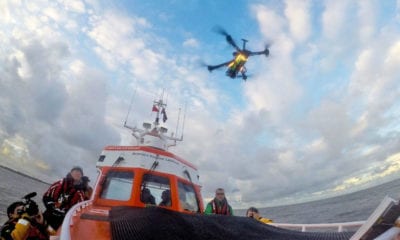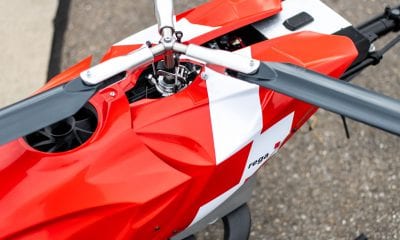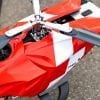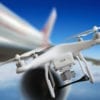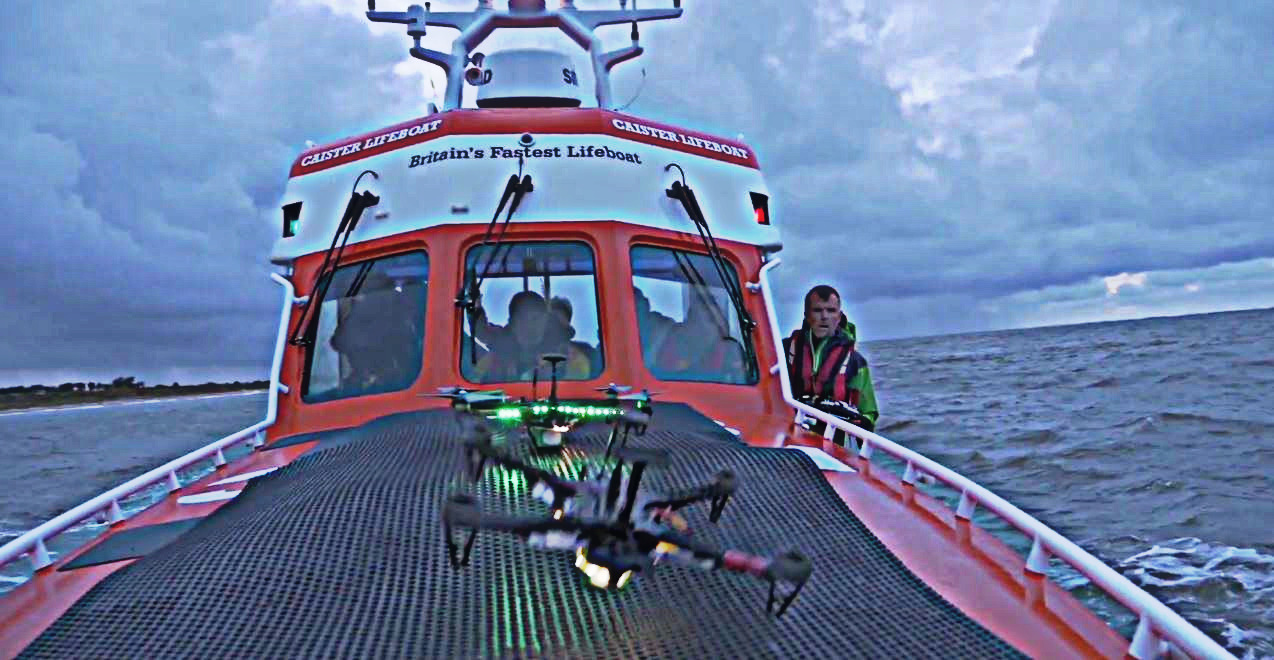
News
Drones to the Rescue – Lifeboat Trials
Caister Volunteer Lifeboat Service, which operates the only two independent offshore lifeboats in the UK, is trying out strategies to determine if drones can be used as an aid in their rescue operations. The drones could help improve the visibility range of lifeboat rescuers in the seas, where rough sea conditions can reduce visibility to only a few meters.
The drones have an operating range of 500 metres (the maximum legal range allowed by the Civil Aviation Authority – CAA) and are fitted with cameras and floodlights. They can be launched from the boat and used to perform a search in a box perimeter.
Rescue crews will be able to take advantage of the fact that the drones will be at an elevated level, providing an improved view of the surrounding water, without being impeded by rising and falling swells. A regular boat may often miss close targets due to the failure to reach the heights of the swells to spot the victim. The cameras have wide angle lenses that will allow the searchers to see a larger area at any point of time. Floodlights will also greatly improve visibility, especially during nighttime.
These drones use a prototype technology developed by UK insurer Direct Line, and are capable of providing live video footage to remote screens that could be fitted in the lifeboats. They use Direct Line’s prototype technology – Fleetlights that was initially developed as an alternative to street lights where necessary in 2016. The people at Caister believe that the usage of drones could significantly reduce the time to search and could prove to be the difference between a successful rescue and a failed one. There are also suggestions that they could seek permission to increase the range of these lifeboat drones to further aid their searches.
The drone trials are set to continue, as any potential real-time usage will need an approval from the CAA. The CAA has raised concerns over air-safety, as these drones may have low sensitivity to other objects in the air and there is a chance they could collide with a rescue helicopter that is aiding in the search. These collisions could be dangerous they explain. The CAA has indicated its willingness to grant limited permissions, once the potential safety issues are resolved. Until then, there is less likelihood of these drones being put in to real time service. The Caister trials could be the first step towards a national roll-out of drones in sea searches, with reports suggesting impending discussions with the Department for Transport and HM Coastguard.

